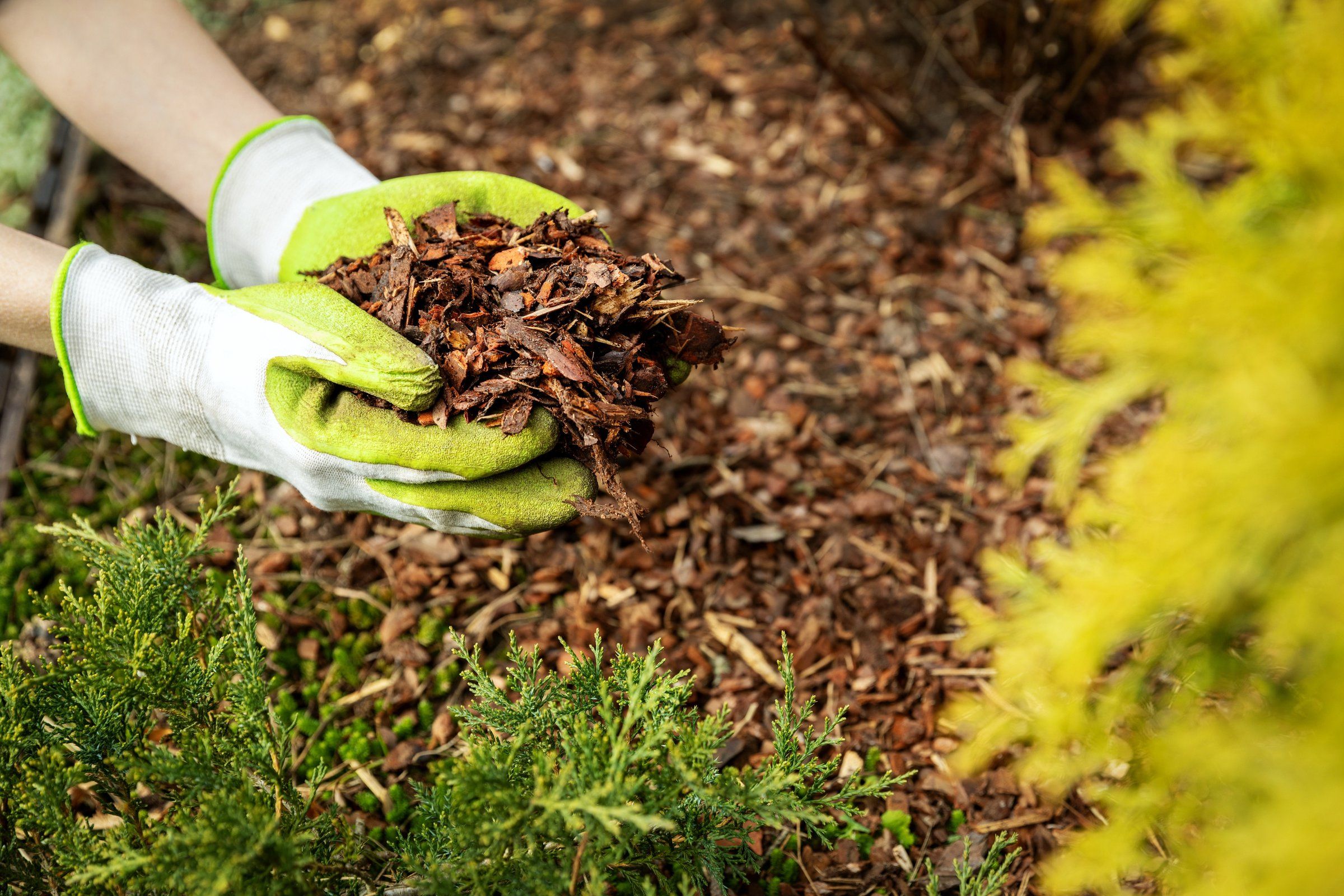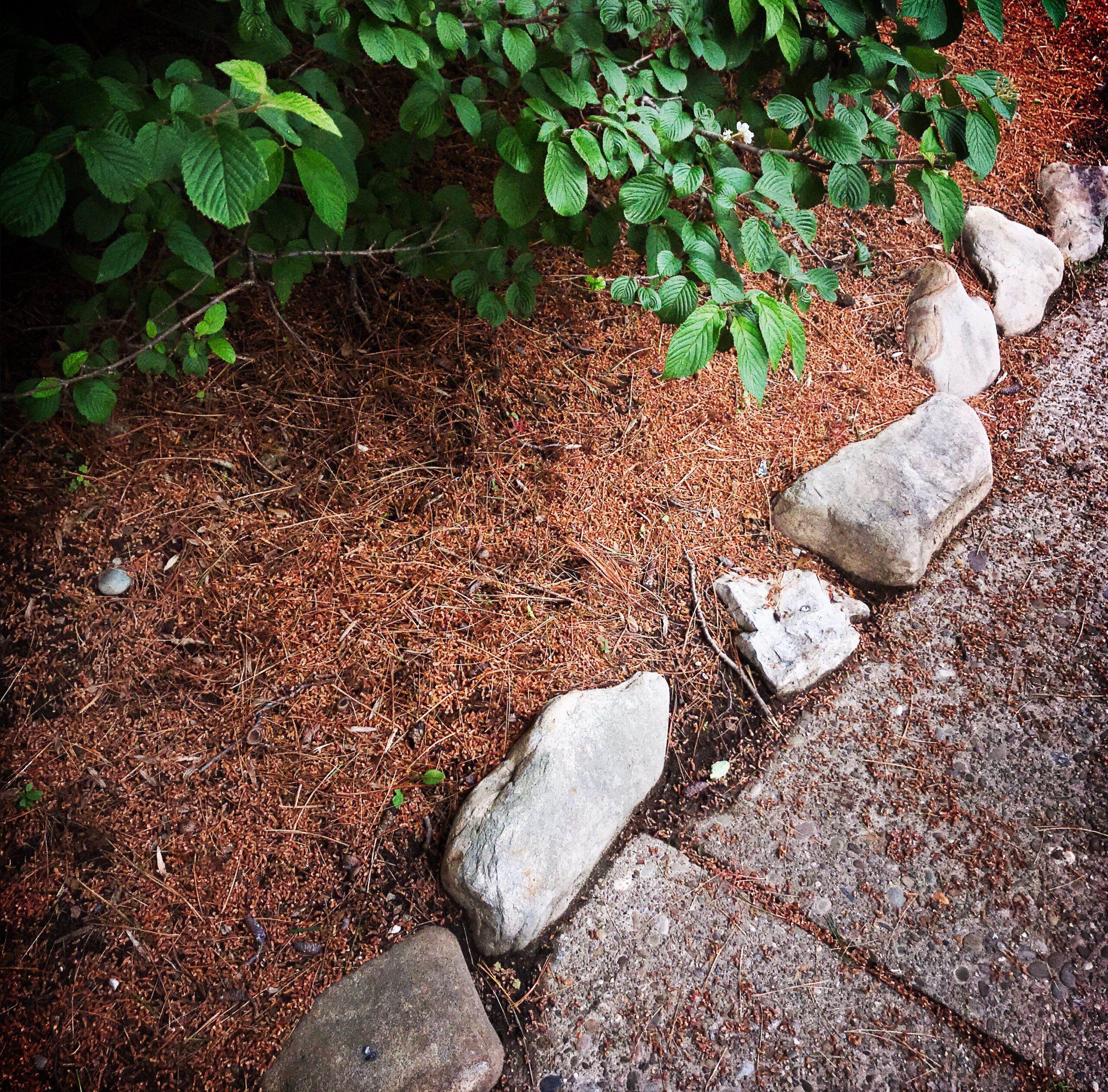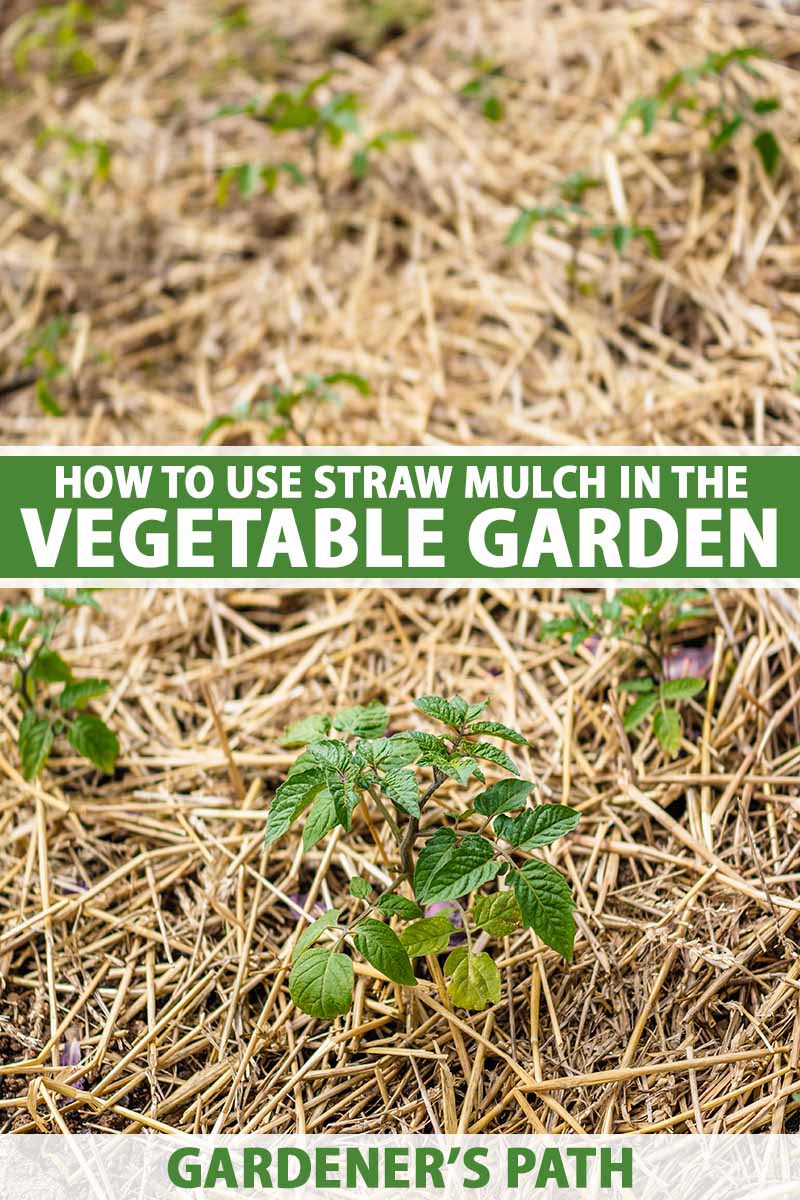Fine Mulch: The Ultimate Soil Amendment For Your Garden
Mulch is a layer of organic material that is spread on top of the soil around plants. It has many benefits for plants, including:
- Conserving moisture: Mulch helps to keep the soil moist by preventing evaporation. This is especially important in hot, dry climates.
- Reducing weed growth: Mulch blocks out sunlight, which prevents weed seeds from germinating.
- Improving soil aeration: Mulch helps to loosen the soil and improve drainage. This allows air and water to reach the roots of plants more easily.
- Increasing soil nutrients: As mulch decomposes, it releases nutrients into the soil. This helps to feed plants and improve soil health.
Fine mulch is a type of mulch that is made from small, uniformly sized particles. This makes it ideal for use as a soil amendment. When fine mulch is worked into the soil, it helps to improve the soil's structure and drainage. It also adds organic matter to the soil, which helps to improve fertility and water retention.
There are many different types of fine mulch that can be used as a soil amendment. Some popular options include:
- Pine fines: Pine fines are made from the small, wood chips that are left over after pine bark mulch is processed. They are a good choice for gardens because they are lightweight and easy to work with.
- Cocoa bean hulls: Cocoa bean hulls are a byproduct of the chocolate industry. They are a dark brown color and have a slightly sweet smell. They are a good choice for gardens because they are high in nitrogen and other nutrients.
- Rice hulls: Rice hulls are the outer husks of rice grains. They are a light brown color and have a slightly grainy texture. They are a good choice for gardens because they are lightweight and help to improve drainage.
When choosing a fine mulch for your garden, it is important to consider the climate and the type of plants you are growing. In hot, dry climates, a mulch that is high in organic matter and that helps to retain moisture is a good choice. In cooler climates, a mulch that helps to improve drainage may be a better option.
To use fine mulch as a soil amendment, simply spread it evenly over the soil surface. The depth of the mulch layer will depend on the type of mulch you are using and the climate. In general, a layer of 2-4 inches is sufficient.
Fine mulch is a versatile and beneficial material that can be used to improve the health of your garden soil. By adding fine mulch to your garden, you can help to conserve moisture, reduce weed growth, improve soil aeration, and increase soil nutrients.
Fine mulch is a great way to improve the health and appearance of your plants. It helps to retain moisture, suppress weeds, and improve soil aeration. If you're looking for a fine mulch that is also aesthetically pleasing, we recommend Home Gardening. They offer a wide variety of fine mulches in a variety of colors, so you can find the perfect one to complement your landscape.
To learn more about fine mulch and how it can benefit your plants, visit Home Gardening today.
FAQ of fine mulch
- What is fine mulch?
Fine mulch is a type of mulch that is made up of small particles, such as wood chips, bark, or compost. It is typically less than 1 inch in diameter.
- What are the benefits of using fine mulch?
Fine mulch offers a number of benefits, including:
* Retaining moisture: Fine mulch helps to retain moisture in the soil, which can help plants to grow healthier and more drought-tolerant.
* Suppressing weeds: Fine mulch can help to suppress weeds by blocking out sunlight and making it difficult for them to germinate.
* Attracting beneficial insects: Fine mulch can attract beneficial insects, such as earthworms and ladybugs, which can help to improve soil health and control pests.
* Protecting plant roots: Fine mulch can help to protect plant roots from extreme temperatures and pests.
- How much fine mulch should I use?
The amount of fine mulch you should use will vary depending on the size of your plants and the type of mulch you are using. However, a general rule of thumb is to apply a layer of fine mulch that is 2-4 inches thick.
- How often should I reapply fine mulch?
Fine mulch will eventually break down and decompose, so you will need to reapply it periodically. The frequency with which you need to reapply fine mulch will depend on the type of mulch you are using and the climate you live in. In general, you should reapply fine mulch every year or two.
- What are some of the drawbacks of using fine mulch?
Fine mulch can be a bit messy, and it can also attract rodents and other pests. Additionally, fine mulch can harbor diseases, so it is important to remove any dead or diseased leaves or stems from the mulched area.
- Is fine mulch safe for pets and children?
Most fine mulches are safe for pets and children, but it is always a good idea to check the label to be sure. Some fine mulches, such as those made from cedar or pine, can be toxic to pets if ingested.
Image of fine mulch
- Wood chips are a popular type of fine mulch that is made from shredded wood. They come in a variety of colors and textures, and they can help to improve the drainage and aeration of soil.

- Shredded bark is another type of fine mulch that is made from wood. It is typically finer than wood chips, and it has a smoother texture. Shredded bark can help to suppress weeds and retain moisture in the soil.

- Pine needles are a natural type of fine mulch that is made from pine trees. They are acidic, so they are a good choice for plants that prefer acidic soil. Pine needles can also help to suppress weeds and improve drainage.

- Cocoa bean hulls are a unique type of fine mulch that is made from the husks of cocoa beans. They are dark brown in color, and they have a sweet, earthy aroma. Cocoa bean hulls can help to improve drainage and aeration, and they can also deter pests.

- Coffee grounds are another unique type of fine mulch that is made from coffee beans. They are brown in color, and they have a slightly acidic pH. Coffee grounds can help to improve drainage and aeration, and they can also add nutrients to the soil.

- Cottonseed hulls are a fine mulch that is made from the hulls of cottonseed. They are light brown in color, and they have a slightly absorbent texture. Cottonseed hulls can help to suppress weeds and retain moisture in the soil.

- Rice hulls are a fine mulch that is made from the hulls of rice. They are white in color, and they have a slightly absorbent texture. Rice hulls can help to suppress weeds and retain moisture in the soil.

- Barley straw is a fine mulch that is made from barley stalks. It is light brown in color, and it has a slightly absorbent texture. Barley straw can help to suppress weeds and retain moisture in the soil.

- Oat straw is a fine mulch that is made from oat stalks. It is light brown in color, and it has a slightly absorbent texture. Oat straw can help to suppress weeds and retain moisture in the soil.

- Peat moss is a fine mulch that is made from sphagnum moss. It is light brown in color, and it has a slightly absorbent texture. Peat moss can help to retain moisture in the soil, and it can also add nutrients to the soil.

Post a Comment for "Fine Mulch: The Ultimate Soil Amendment For Your Garden"